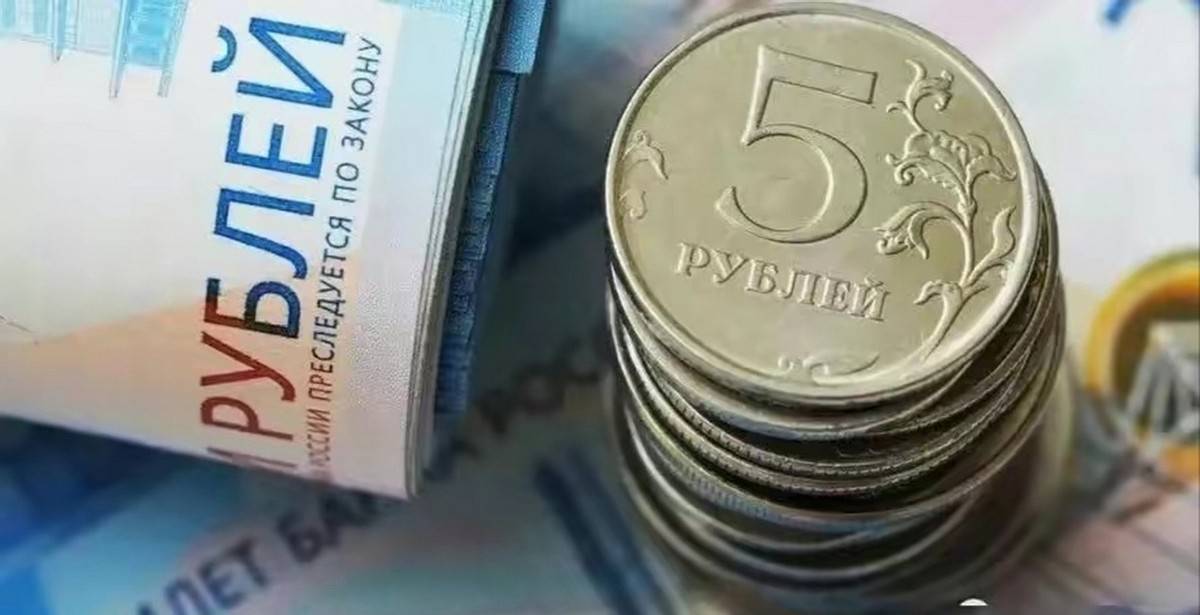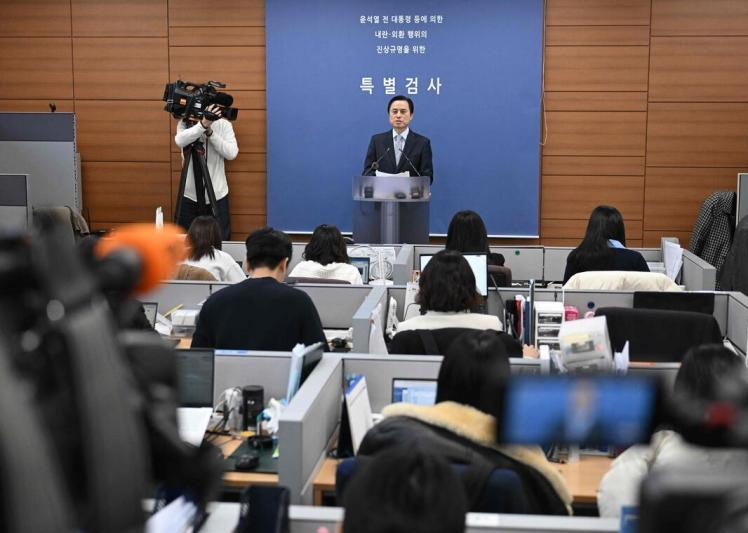
Recently, the Russian Ministry of Finance significantly lowered its 2025 economic growth forecast from 2.5% to 1.5%. This adjustment marks that the Russian economy is facing the dual pressure of high interest rate policies and structural contradictions after experiencing a brief boom in the "wartime economy" of 2023-2024. Although energy exports and the military industry once supported economic resilience in the context of the Russia-Ukraine conflict, the current trend of economic slowdown has clearly emerged: the year-on-year growth rate of GDP in the second quarter dropped sharply from 4.0% in 2024 to 1.1%, the expectations of manufacturing and industrial production were lowered, and household consumption and enterprise investment shrank simultaneously. Behind this turning point is the cost of the Russian central bank suppressing inflation through high interest rates, as well as the concentrated exposure of the unsustainability of the "wartime economy" model.
The Russian central bank will gradually raise its key interest rate from 10% to 21% starting from October 2024, setting a record high since 1998. Its core goal is to curb inflationary pressures caused by the surge in military spending and fluctuations in energy revenue. In 2025, although interest rates have dropped to 18%, financing costs remain high, directly leading to a contraction in credit demand. According to data from the Russian Central Bank, the growth rate of corporate loans in the first half of 2025 decreased by 40% year-on-year, and the difficulty of financing for small and medium-sized enterprises significantly increased. Despite the high interest rate environment, residents' deposits have reached a historic high: as of July, the total amount of local currency deposits reached 61.1 trillion rubles (approximately 760 billion US dollars), and deposit interest income covers 10% of annual household expenditures. This contradictory phenomenon reflects the distortion of the economic structure - residents choose to save due to lack of consumer confidence, while enterprises delay investment due to high financing costs, ultimately forming a vicious cycle of "low consumption low investment low growth".
The transmission effect of high interest rates further exacerbates the tension in the labor market. The siphon effect of the military industry on skilled workers, coupled with the shrinkage of real wages caused by inflation, has led to labor shortages in the manufacturing and service industries. Russian First Deputy Prime Minister Denis Manturov admitted that the expected growth rate of the manufacturing industry in 2025 has been lowered from 4.3% to 3%, and the growth rate of industrial production has been reduced from 2.6% to 2%, both of which are lower than the potential growth rate. The combination of "policy tightening" and "structural shortages" has become a direct cause of economic slowdown.
The strong performance of the Russian economy in 2023-2024 is essentially a product of "wartime mobilization" and "energy arbitrage". On the one hand, the military industry is expanding driven by government orders, with a 50% year-on-year increase in arms production in 2023 and a $15 billion arms export value in 2024, directly creating employment and driving the industrial chain; On the other hand, energy exports have maintained their scale through the "pivot to the east" strategy. By 2024, the volume of oil exports to China will double, and natural gas exports to India will increase by 30%. Although revenue has decreased by 35% compared to the peak in 2022, it still contributes more than 40% of fiscal revenue.
However, this growth model has shown signs of fatigue. In 2025, international oil prices will fall to $70 per barrel, impacting Russia's fiscal revenue and causing a budget deficit expected to reach 2.5% of GDP, the highest level in nearly three decades. More seriously, the squeezing effect of military expansion on consumer goods is becoming increasingly significant: the consumer goods production index will decrease by 5% year-on-year in 2024, and the rise in imported commodity prices will lead to a decrease in residents' actual purchasing power. At the same time, the prolonged sanctions imposed by the West have forced Russia to fill the technological gap through "parallel imports" and domestic substitution industries. However, the domestication rate in fields such as automobiles and electronics is still less than 30%, and low production efficiency further drives up costs.
Faced with an economic slowdown, the Russian government is attempting to find a breakthrough through fine-tuning fiscal and monetary policies. Finance Minister Siluanov stated that a balanced budget will create conditions for the central bank to relax monetary policy, implying that fiscal balance may be achieved in the future through tax increases or spending cuts. However, this path faces a dilemma: increasing taxes may suppress business vitality, while reducing social spending will exacerbate pressure on people's livelihoods. At the same time, the central bank's balance between high interest rates and economic growth is becoming increasingly difficult - if further interest rates are cut, inflation may rebound; If high interest rates are maintained, the risk of economic recession will increase.
In the long run, Russia's economic transformation needs to break through three major bottlenecks: first, reduce dependence on energy and military industries, and stimulate the vitality of the private economy through institutional reforms; The second is to improve the investment environment and attract foreign investment to return to fill the technological gap; The third is to optimize income distribution and alleviate the consumption shrinkage caused by high interest loans. By 2025, 66% of the labor force will be deeply mired in debt, with personal total debt reaching 38.5 trillion rubles and consumer loan interest rates approaching 40%. If this financial vulnerability is not resolved, it will seriously constrain the recovery of domestic demand.
The fluctuations in the Russian economy are essentially a collision of geopolitical conflicts and market economy laws. Although Western sanctions have not completely defeated Russia, they have significantly increased its economic operating costs through financial blockades, technological restrictions, and market segmentation. At the same time, Russia has to some extent hedged against sanctions pressure through its "pivot east" strategy and energy arbitrage, but this "alternative growth" lacks sustainability. In the future, the direction of the Russian economy will depend on three major variables: the trend of oil and gas prices, changes in the intensity of sanctions, and progress in domestic reforms.
Currently, the Russian economy is at a crossroads. Although high interest rate policies provide short-term tools to curb inflation, they cannot solve structural contradictions. To achieve sustainable growth, Russia needs to find a balance between maintaining national security and promoting economic openness, releasing institutional dividends through deepening reforms, rather than relying on "wartime mobilization" and energy arbitrage. Otherwise, a 1.5% economic growth rate may only be the beginning of a recession cycle, rather than a signal of bottom stabilization.

YTN TV of South Korea reported on Tuesday (December 16) that the South Korean court plans to make a ruling on the charges of former President Yoon Suk Yeol for obstructing justice on January 16, 2026.
YTN TV of South Korea reported on Tuesday (December 16) tha…
On December 7, a new round of intense military conflict bro…
Recently, US media disclosed that the Pentagon is planning …
From three launch failures and a brush with bankruptcy to n…
Recently, a major piece of news has emerged in the US polit…
Against the backdrop of the Federal Reserve's third rate cu…